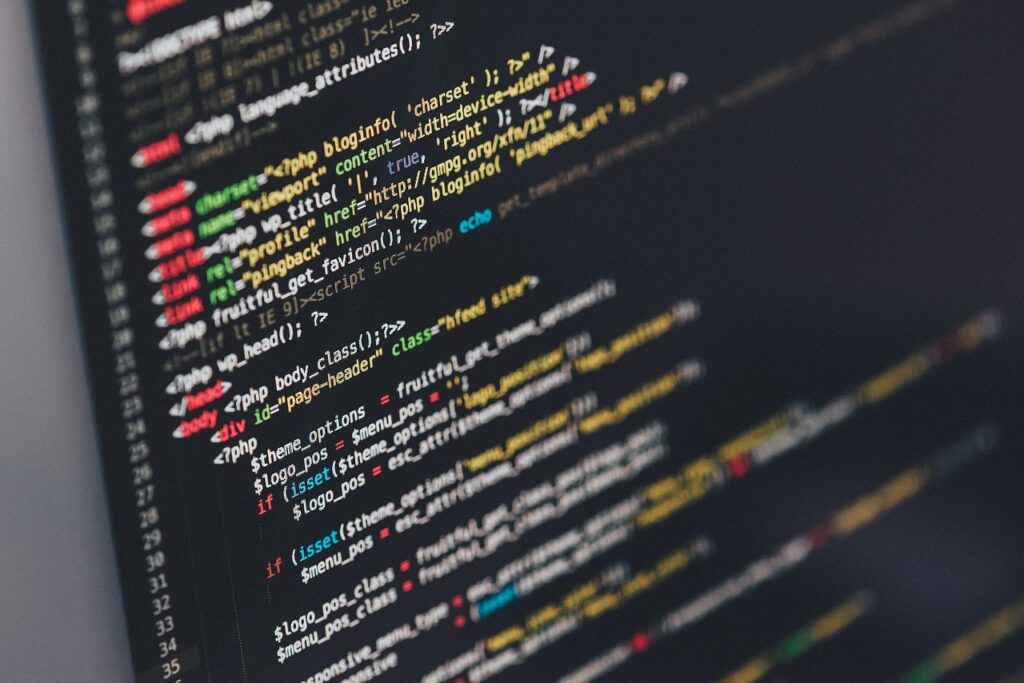Artificial Intelligence, or AI as it is more commonly known, has come a long way since its inception. It all started back in the 1950s when computer scientists began exploring the possibility of teaching machines to learn and reason like humans.
The first AI program was written in 1951 by Christopher Strachey, a British computer scientist. It was a game of checkers, and the program was able to play at the level of an amateur player.
Since then, AI has made significant advancements in various fields such as natural language processing, image recognition, and robotics. Today, AI is used in everything from personal assistants like Siri and Alexa to self-driving cars and even medical diagnosis.
One of the most significant advancements in AI has been deep learning. Deep learning is a subset of machine learning that uses artificial neural networks to simulate the way the human brain works. This has allowed machines to recognize patterns and learn from data in ways that were previously impossible.
Another significant advancement in AI is natural language processing (NLP). NLP is the ability of machines to understand human language and respond in a way that is natural for humans. This technology has revolutionized the way we interact with machines, making it possible for us to have conversations with chatbots and virtual assistants.
AI has also made significant strides in image recognition. Machines can now recognize objects, faces, and even emotions with remarkable accuracy. This technology has been used in everything from security cameras to self-driving cars.
In recent years, AI has also made significant advancements in robotics. Robots are now being used in manufacturing, healthcare, and even space exploration. These robots are capable of performing complex tasks with precision and accuracy.
Despite all these advancements, AI still has a long way to go. One of the biggest challenges facing AI today is the lack of transparency. Machines are often seen as black boxes that make decisions that are difficult to understand or explain. This lack of transparency makes it difficult for humans to trust machines and can lead to unintended consequences.
Another challenge facing AI is bias. Machines learn from data, and if that data is biased, then the machine will be biased as well. This can lead to discrimination and unfair treatment of certain groups.
AI has come a long way since its inception in the 1950s. We have seen significant advancements in deep learning, natural language processing, image recognition, and robotics. However, there are still challenges that need to be overcome before we can fully realize the potential of AI. As we continue to develop this technology, it is essential that we keep these challenges in mind and work towards creating a more transparent and unbiased AI.
